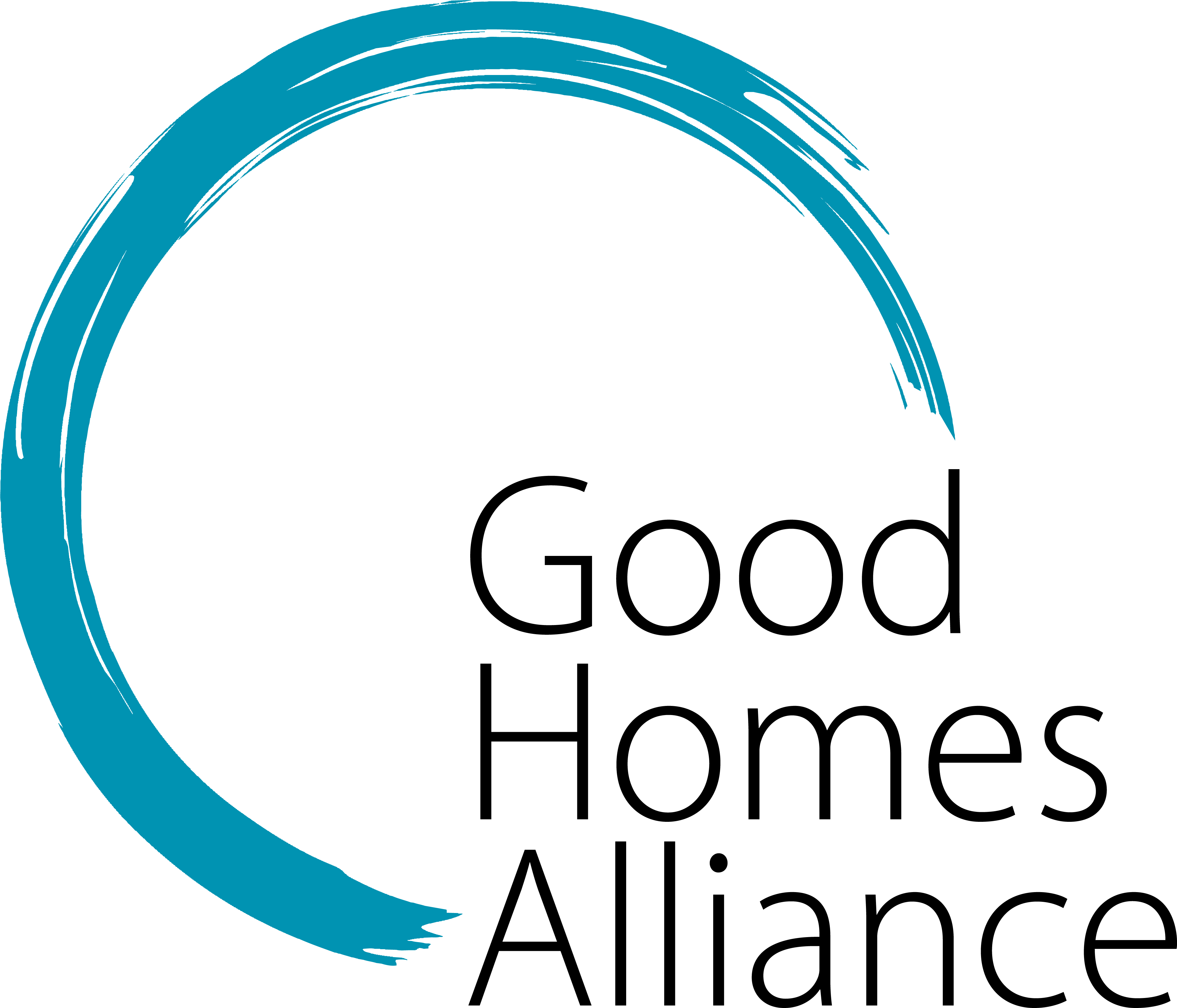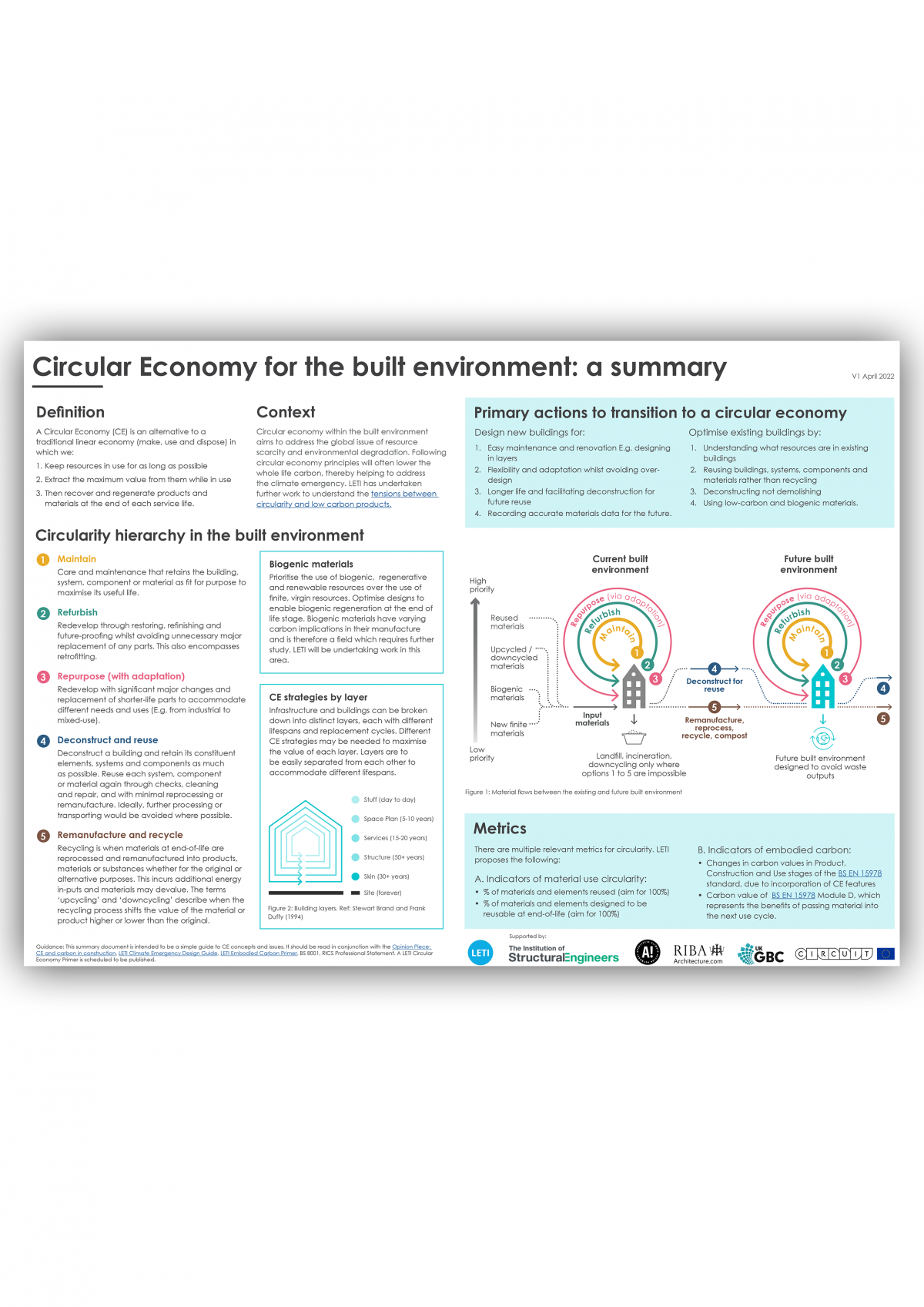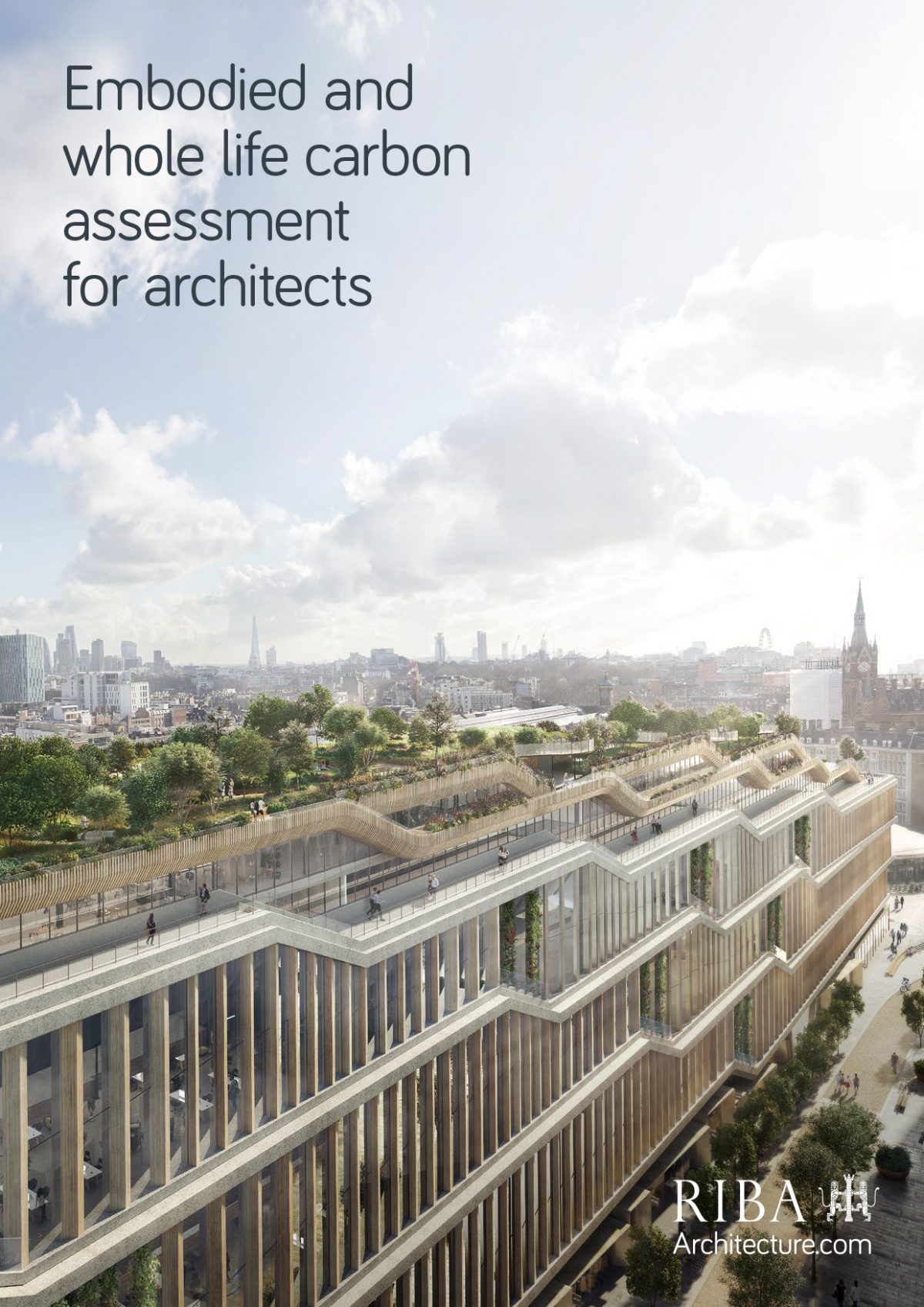The Good Homes Alliance (GHA), in partnership with industry leaders and supported by the Enabling Water Smart Communities project and the UK Water Efficiency Collaborative Fund, has launched a new publication – ‘Water Efficiency and Reuse in Housing: Design Guide for a Changing Climate’.
About the guide
Developed for architects, developers, planners, and housing associations, the publication, authored and edited by architect Pollard Thomas Edwards (PTE), provides case studies, best practice guidance, and industry insight to respond to the urgent need for ‘water-smart’ homes due to mounting water stress in the UK.
The guide offers practical, evidence-based design strategies to help housing professionals deliver on emerging policy and environmental imperatives. It includes model specifications for fittings, layout, and reuse systems – all geared toward meeting or exceeding the government’s 110 litres per person per day target. With the Environment Act and DEFRA consultations set to tighten regulations, the publication arrives at a critical moment.

As water scarcity begins to stall planning in regions like Sussex and Cambridgeshire, the guide moves beyond policy rhetoric and provides workable design and engineering approaches that can be applied today. It follows Waterwise’s established water neutrality hierarchy: reduce, reuse, offset – ensuring developers are equipped to respond to local and national demands.

“Water scarcity is one of the UK’s most urgent challenges. Our water supply can no longer meet rising demand. As a society, we’ve doubled our water usage over the past 60 years, and the population has increased by 16 million since 1960. So there are more of us than ever before, we’re using more than our fair share of water – and we’ve caused a climate emergency, so there’s less water available when we need it! To get our water use down to the lower levels we need, we will need ALL homes and businesses to be water-efficient – not just the kit in them, but also the people using it! This guide is a vital step forwards in that goal.”
Six detailed case studies are central to the guide. They showcase water-efficient housing in action at a variety of scales, from luxury developments in London to high-performance council housing and zero-carbon pilot homes. These examples demonstrate a range of approaches – from smart monitoring and fittings-based reductions to rainwater harvesting and community-scale greywater recycling.

In tandem, the guide explores the broader cultural and behavioural barriers to efficient water use, featuring commentaries from experts at the Chartered Institution of Water and Environmental Management (CIWEM), PTE, Watergate and Waterwise.
This is the second publication in GHA’s Designing for a Changing Climate series, following its well-received 2023 shading guide. As with its sister title, the new water guide aims to drive change in design practice, policy, and supply chains alike.
Downloads
- File type: .pdf
- File size: 4.2mb
- Published: 10th July 2025 (version 1.0)
Quotes and endorsements

“Water companies have a huge role providing world-class drinking quality water to every house, every day. The growth agenda is driving for more homes, whilst a changing climate and environmental targets will reduce water availability. This challenge needs strong policy and clear guidance, so that future housing development is part of the solution and not adding to the problem. This document can help all players plan and build water efficient homes.”

“Housebuilders and developers know they need to deliver water-efficient homes – but knowing where to start isn’t always easy. This guide bridges that gap. With ambitious new build targets ahead, we have a golden opportunity to design a generation of homes that are water-wise from day one, using the best of today’s smart tech and harvesting solutions.”
More information – Project team and supporters
The guide has been authored by Tom Dollard and Rory Olcayto, Pollard Thomas Edwards (PTE), with editorial, design and project management support from Cath Hassell, ech2o; Saffron Corcoran, Thames Water; Tim Metcalfe, PTE; Grecia Castillo, PTE and Richard Broad, Good Homes Alliance.
With thanks to the Enabling Water Smart Communities (EWSC) project and the UK Water Efficiency Collaborative Fund for supporting the publication of this guide.
The project team is indebted to the generous contributions of the project steering group* which includes representatives from Anglian Water, Aquality, Greater Cambridge Shared Planning, Defra, ECD Architects, Essex City Council, Future Homes Hub, Horsham District Council, Introba, Islington Council, Raven Housing Trust, SNG, Thakeham Homes, Thames Water, TOWN, University of Bath, University of Manchester, Watergate, Waterwise and Water UK.
For more information about the guide or for press enquiries, please contact Richard Broad, Projects Manager, Good Homes Alliance –
ri*****@go*******.uk
.
* Full steering group list:
- George Warren, Anglian Water
- Lutz Johnen, Aquality
- Emma Davies, Greater Cambridge Shared Planning Service
- Nancy Kimberley, Greater Cambridge Shared Planning Service
- Katie Smith, Defra
- Kirsten Smith, Defra
- Laura Grant, Defra
- Jennifer Rooney, ECD Architects
- Adam Derham, Essex City Council
- John Slaughter, Future Homes Hub
- Julian Brooks, Good Homes Alliance
- Clare Devine, Horsham District Council
- Amanda Stanley, Introba
- Andrea Jung, Islington Council
- Paul Treharne, Raven Housing Trust
- Richard Young, SNG
- Josie Cadwallader-Hughes, Thakeham Homes (now at The Crown Estate)
- Andrew Tucker, Thames Water
- Craig Boorman, Thames Water
- Richard Pender, TOWN (now at SNRG)
- Kemi Adeyeye, University of Bath
- Claire Hoolohan, University of Manchester
- Gareth Thomas, Watergate
- Nathan Richardson, Waterwise
- Kruti Patel, Water UK
Join the GHA
The Good Homes Alliance is a non-profit community interest company with nearly 100 member and partner organisations from across the built environment industry who seek to go beyond business as usual and collaborate to deliver homes fit for the 21st century.
We have pioneered understanding and delivery techniques for better quality in new housing for nearly 20 years and our purpose is ever more relevant – to meet the challenge of net-zero development which also addresses health, wellbeing and low running costs.
We aim to create a welcoming, supportive and safe space for those who seek to break through housebuilding norms and embrace best practice.
Find out more and join our Alliance today – https://goodhomes.org.uk/join-the-gha.





